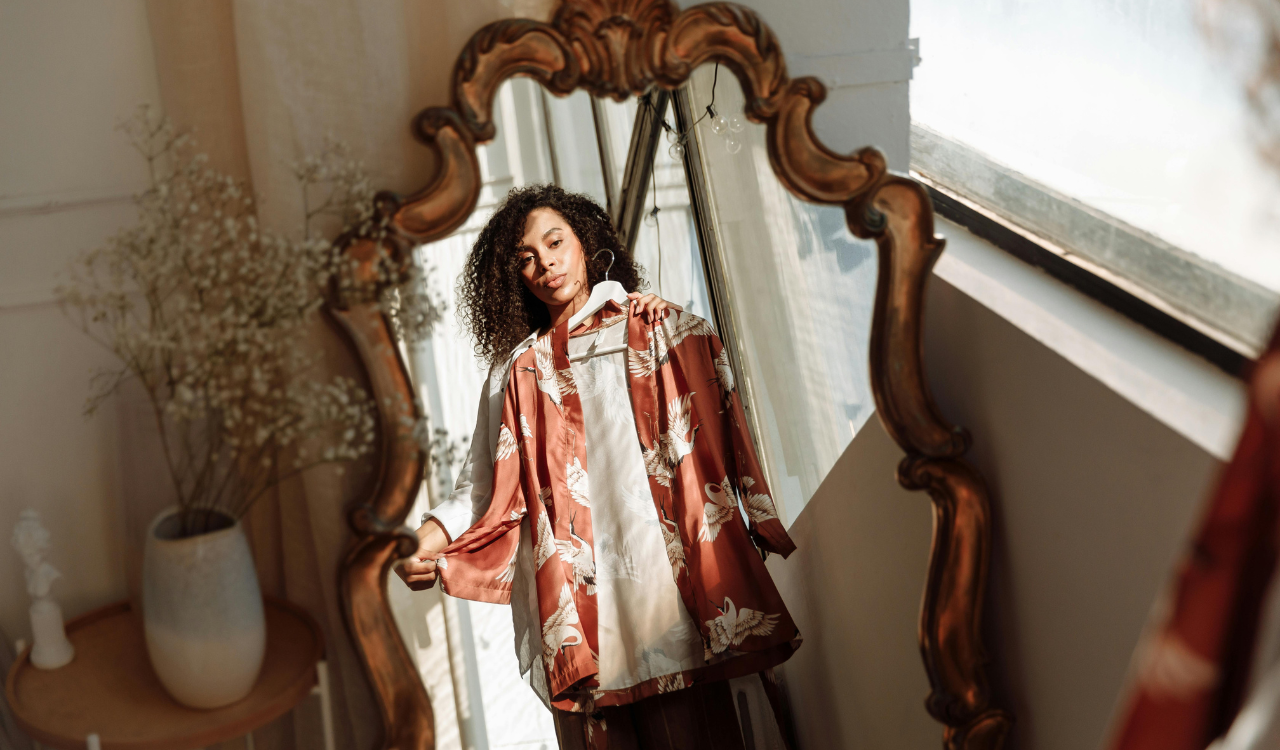Think luxury fashion, upscale boutiques, and glamour. Then think fjords and Oslo. Maybe it’s not the first place to spring to mind. Well, you could be way behind the times my friends because Norway’s capital has quietly (would the Norwegians do it any other way) been undergoing a cultural and retail renaissance.
Last summer that quiet revolution started getting distinctly noisier when the city’s newly developed and vibrant waterfront areas were enhanced by the debut of the huge National Museum, the impressive Munch Museum (of The Scream fame), the opera house and library, plus a plethora of trendy new restaurants and bars. You could say Munch has made Oslo’s luxury fashion statement something to scream about. I couldn’t resist!
The introduction of any one of these cultural and artistic institutions would be a big deal, so opening so many in such a short sprint has transformed the perception of the capital city. It is truly a Northern Light potentially overshadowing nearby Stockholm and “wonderful, wonderful Copenhagen.”
Walking the streets of Oslo last summer, it was impressive to feel the palpable buzz surrounding these emerging cultural icons and see the transformation in action.
Promenaden’s careful real estate management of a couple of city blocks in the retail heart of Oslo, anchored by the Steen & Strøm department store, has revolutionized the city’s luxury retail offer over the course of nearly a decade. The result? Oslo is attracting seriously affluent international tourists.
Hidden in Plain Sight
The city’s cultural upgrade coincided with the emergence of Oslo as a small but serious luxury destination, in part helped by the serious number of kroner sloshing around in the average Norwegian’s wallet, punitive sales taxes imposed on items bought outside the country and a growing international tourist industry.
Oslo has been able to exploit those opportunities because of a very strategic real estate play with an equally strategic vision. Local landlord Promenaden, which has been a division of UK-based real estate investor and developer Mark since 2015, owns the premier luxury walking street, the 226-year-old department store Steen & Strøm, and enough of the surrounding properties to have created a small but perfectly conceived luxury quarter.
Promenaden has taken a holistic approach to building up the area in a luxury retail catch-up play. Oslo has been largely overlooked by the major global luxury brands in their global expansion waves, instead focusing on emerging mega markets in the Far East or Europe’s established fashion citadels.
Hidden in plain sight, Promenaden’s careful real estate management of a couple of city blocks in the retail heart of Oslo, anchored by the Steen & Strøm department store, has revolutionized the city’s luxury retail offer over the course of nearly a decade. The result? Oslo is competing with other luxury cities and attracting affluent international tourists.
Luxury Brands in Oslo
Pride of rightful place goes to Louis Vuitton which, having moved its store location for a second time, now occupies a prominent corner plot. It’s located on Nedre Slottsgate, Oslo’s premium luxury street (think a Nordic Rodeo Drive) within the Promenaden fashion district. Hermès, Burberry, and Gucci were among the original Oslo forays and Dior has recently joined.
And then there’s Chanel, which took over a 3,700 square feet boutique showcasing its latest ready-to-wear creations by artistic director Virginie Viard, along with bags, shoes, eyewear, and accessories in a space designed by New York-based architect Peter Marino, Chanel’s long-time collaborator.
Also nearby are upmarket auto brands Lucid and Nio. The latter is a Chinese EV manufacturer that landed in Oslo’s prime shopping district with a 20,000-square-foot store that includes vehicles, a café, and merchandise wrapped in a Nordic lifestyle vibe. Fast fact: In Norway an astonishing three-quarters of new auto sales are electric.
Luxury Expansion
Promenaden’s CEO Annette Lund points out that Nedre Slottsgate is not quite 350 feet long. so while its success has been a boon to retail it has filled up quickly and has run out of space.
To address the lack of capacity, Promenaden has been stretching the boundaries of the luxury zone with its biggest addition, the Eger site, which will house Europe’s largest watch store, Urmaker Bjerke. At over 37,500 square feet, the site will amalgamate six buildings to offer contemporary luxury and a collection of high-end watch brands.
“The main luxury drag is small, which is a problem for the new brands that want to join, so we want to prolong the street,” says Lund. Upping its game, Steen & Strøm (“The Original Influencer since 1797”) has embarked on a not insignificant $36 million refurbishment as the initial phase of its overhaul.
To oversee the Steen & Strøm upgrade, department store veteran David Wilkinson (an alumnus of Harrods and Selfridges) was recruited as executive director. He is orchestrating Norwegian brands into the mix including sneakers brand New Movements; luxury outerwear company Serac; Sprekenhus, a Norwegian skincare brand; and Soulcake, a Norwegian cupcake, cookie, and coffee café.
“Our strategy is to reposition Steen & Strøm as the home for accessible and democratic luxury, a place for all. Visitors can simply come to the department store to meet, have an espresso, wander around, and buy a lipstick or a Loewe handbag,” Wilkinson says, adding, “We will open a Technology Hall in March next year and we want to be local, Nordic and international.” He says there is connectivity in Oslo bridging local and global, supported by the new cultural attractions appealing to international tourists.
Economic Incentives
“Lund adds, “Luxury is still quite young in Oslo, a decade ago we had just Louis Vuitton, Hermès, and Mulberry. Now Norway is a destination. The culture has helped a lot, also there are lots of new restaurants and bars opening to give the city a more dynamic night-time experience.”
Norway’s affluent domestic demand is also propping up the market, helped in no small part by the fact that its denizens have to pay tax in Norway if they re-enter the country and bring more than $750 worth of purchases with them.
“We have seen this season up to 30 percent of footfall from tourists and we’re sitting on the fifth parallel with Stockholm and Helsinki,” Wilkinson adds. “I think these locations are building up a head of steam. A lot of people have been to Barcelona, Rome, and Madrid but not so many to Oslo, which actually offers something very unique.”
Norwegian Would?
Norway has had a reputation for being expensive, and for those not from Scandinavia I can attest to the fact that buying a beer there is an eye-watering experience that will make you need a drink. Perhaps because of that, its blooming cultural appeal hasn’t attracted the sort of attention that it should.
In the meantime, luxury retail in Oslo is building momentum with local affluents which will position it well once the rest of the world wakes up and realizes that Oslo, beyond its staggering beauty, also offers world-class experiences and first-class shopping. It’s a temptation hard to resist for jaded, affluent global travelers.





